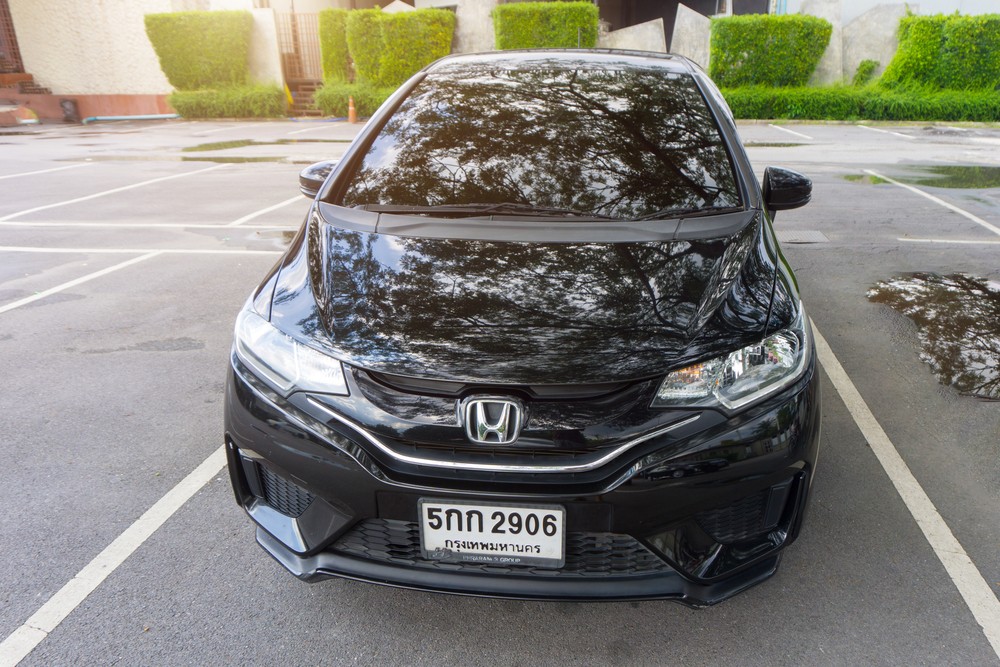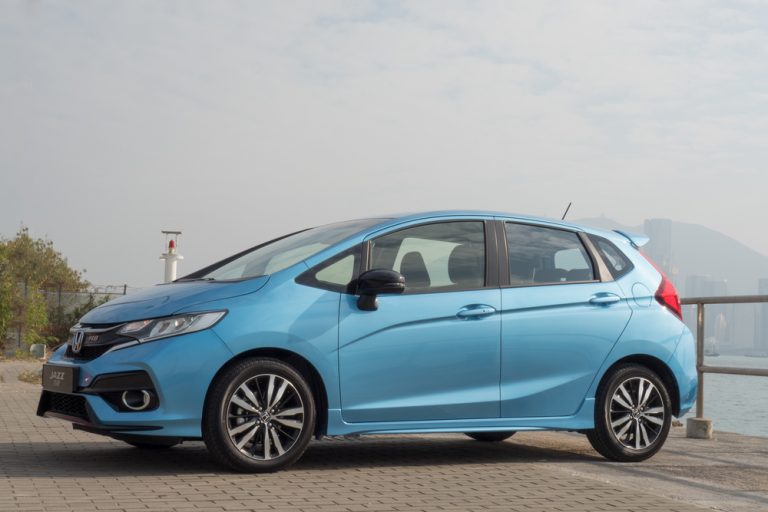Launching a new product is one of the most exciting moments a company can go through. And it’s even more exciting if the product being launched is aimed at a global market. Whenever that’s the case, it is the company’s responsibility to run thorough localisation checks. Forgetting to do so may result in potentially disastrous (and expensive!) consequences. Let’s introduce you to Honda Fitta.
The story of Honda Fitta
It is fitting to say that Honda failed to run a cross-cultural analysis before introducing their new, super-compact model, the Honda Fitta, in 2001. Honda heavily marketed the car, making it highly anticipated. The Honda Fitta was expected to be an instant hit on the small-car platform. With its unique interior design, it rendered its interior compatible with that of a larger car.
Small on the outside, big on the inside
But it so happened that “small on the outside, big on the inside” would turn out an unfortunate choice of slogan for marketing the roomy vehicle. The company soon discovered that their chosen name, Fitta, was, in fact, a crude term used to refer to women’s private parts in Sweden, Norway and Denmark. The simple, inexpensive procedure of a thorough manual translation now carried some seriously costly implications for Honda, as the company found itself shamefacedly retracing its steps and bidding farewell to thousands of dollars’ worth of marketing material.
If the little car already been publicly launched, the repercussions could have been far worse. Fortunately, though, the Honda brand emerged miraculously unscathed. They christened their new model with an altogether less unsavoury name: the Honda Jazz in Europe, Asia and Australia, and Honda Fit in the United States and China.

Today, the Honda Jazz holds the title as one of the company’s best-selling subcompact cars, produced and manufactured in eight countries worldwide. Honda Jazz is particularly popular in Asian countries. In July 2015, almost half of all the cars sold in India were of the popular make. In China, sales continued to rise for three consecutive years until they hit an all-time high in 2015. The versatile car model is almost solely responsible for the company’s global market share of the car industry, with worldwide Honda sales exploding from 3.1 million in 2012 to 4.36 in 2015.
A lesson learned
In Europe, the company has survived what could have been a major hiccup; though sales have been nowhere near as successful as those in other parts of the world. In the same timeframe mentioned above, European Honda car sales dropped 35%. A price to pay for the lesson learned.
If you need help with localised translations, SEO content writing services or digital content strategy, reach out to us here.





